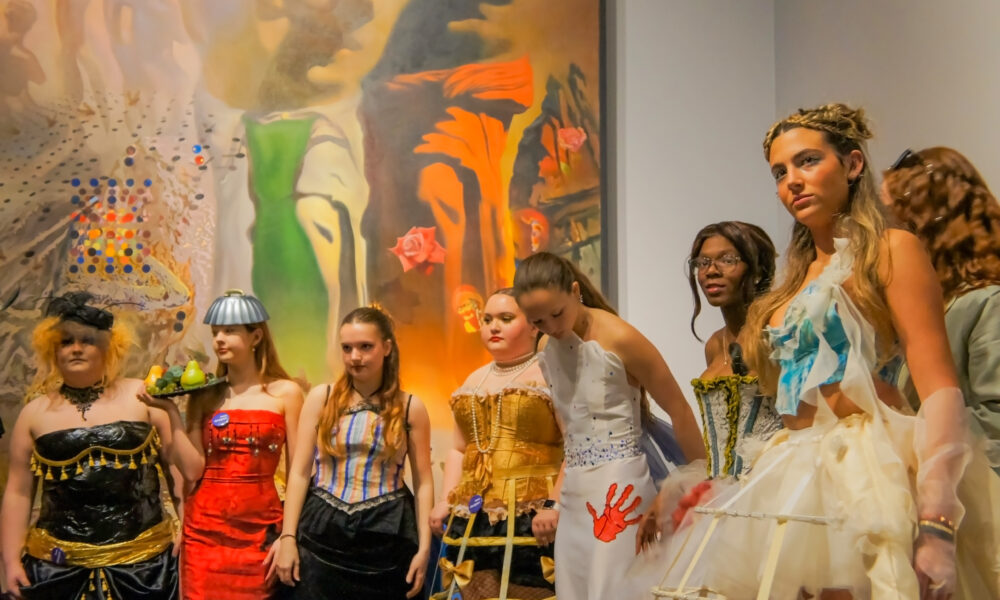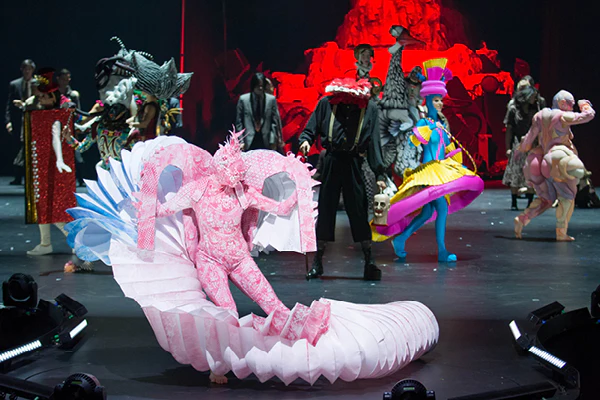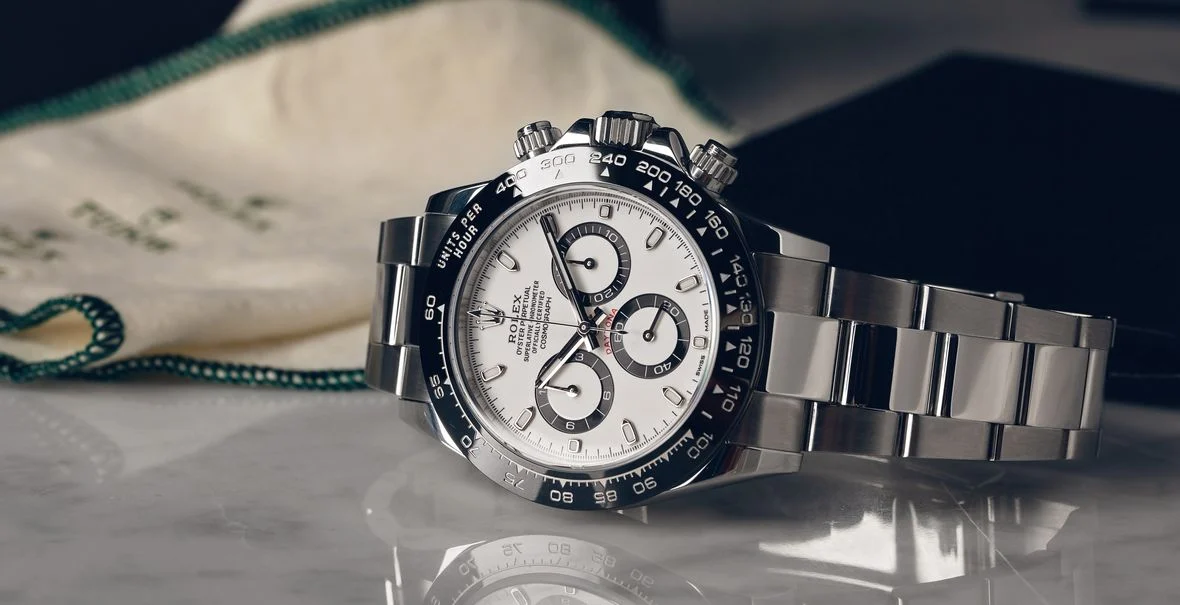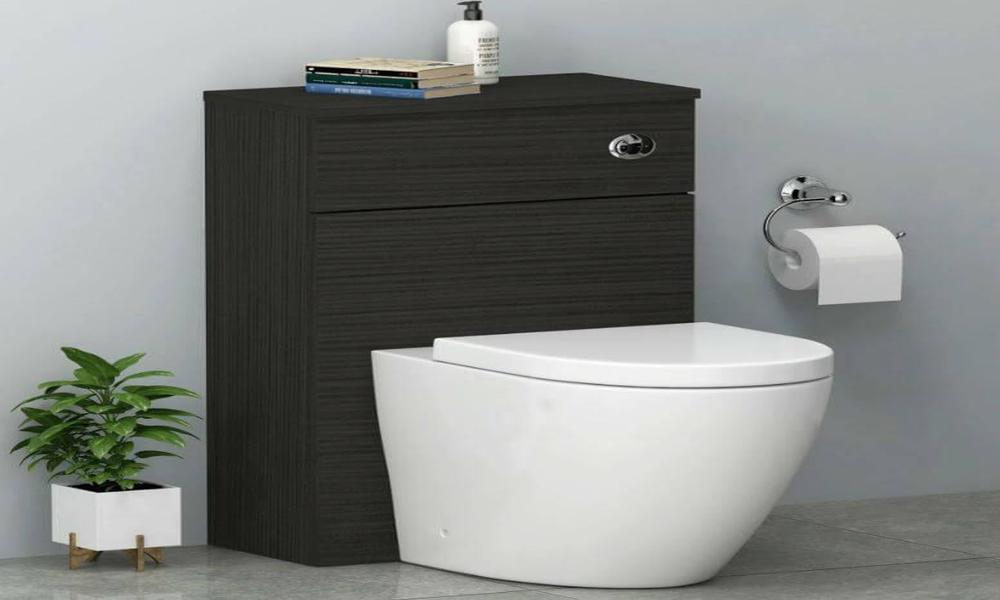The Art of Wear: A Stylish Guide to Wearable Art

Key Takeaways:
- Wearable art has a rich history dating back to ancient civilizations and has evolved with technological advancements.
- Cultural influences have shaped the development of wearable art, with traditional textiles and indigenous cultures inspiring artists.
- Famous artists and designers like Alexander McQueen, Iris van Herpen, and Nick Cave have embraced wearable art.
- Wearable art takes various forms, including fashion, jewelry, body art, and performance, pushing the boundaries of self-expression.
- Practical tips and DIY inspiration can help incorporate wearable art into everyday style.
- Supporting emerging artists contributes to the growth of the wearable art community.
- Wearable art allows for personal expression, challenges fashion norms, and serves as a catalyst for social commentary and activism.
1. The History and Evolution of Wearable Art
1.1 From Ancient Times to Modern Day: A Brief Overview
Wearable art has a rich and fascinating history that dates back to ancient civilizations. From the intricate jewelry of the Egyptians to the decorative clothing of the Greeks, people have long used clothing and accessories as a form of artistic expression. In more recent times, wearable art has evolved alongside technological advancements and cultural shifts. The introduction of new materials and techniques, such as 3D printing and smart textiles, has opened up endless possibilities for artists and designers to create unique and innovative wearable pieces.
1.2 Cultural Influences on Wearable Art Through the Ages
The concept of wearable art is deeply intertwined with culture. Different societies and regions have their own distinct styles and traditions that have influenced the evolution of wearable art. For example, the vibrant colors and intricate patterns of traditional African textiles have inspired artists around the world to incorporate similar elements into their wearable creations. Similarly, indigenous cultures have often used clothing and accessories as a way to convey their identity and heritage. By exploring the cultural influences on wearable art, we gain insight into the diversity and richness of this art form.
1.3 Famous Artists and Designers Who Embrace Wearable Art
Over the years, numerous artists and designers have embraced wearable art as a medium for their creative expression. One of the most prominent figures in the field is Alexander McQueen, whose avant-garde fashion designs pushed the boundaries of traditional fashion and blurred the line between art and clothing. Other notable artists include Iris van Herpen, who combines technology and fashion to create stunning and striking garments, and Nick Cave, whose elaborate and whimsical wearable sculptures have captivated audiences worldwide. These artists have not only challenged the conventions of fashion but have also elevated wearable art to a form of high art.
2. Exploring Different Forms of Wearable Art
2.1 Fashion as a Canvas: Clothing and Accessories as Artistic Expressions
Fashion has always been a powerful means of self-expression, and many designers view clothing and accessories as a canvas for their artistic ideas. From bold prints and colors to unconventional silhouettes, fashion designers use a variety of techniques to create wearable art. They take inspiration from various sources, such as nature, art movements, and historical references, to design garments that are not only visually stunning but also thought-provoking. By exploring fashion as wearable art, individuals can expand their understanding of how clothing can be an extension of one’s personality and artistic vision.
2.2 Jewelry as Wearable Art: The Intersection of Fashion and Fine Craftsmanship
Jewelry has been revered as wearable art throughout history. From elaborate crowns worn by royalty to contemporary statement pieces, jewelry combines fashion with fine craftsmanship. Artists use various materials, including precious metals, gemstones, and unconventional materials, to create wearable sculptures that adorn the body. Each piece tells a story and carries emotional significance for both the wearer and the artist. Exploring the world of jewelry as wearable art allows us to appreciate the skill and creativity required to transform materials into wearable masterpieces.
2.3 Body Art and Performance: Pushing the Boundaries of Wearable Art
Beyond clothing and accessories, wearable art also encompasses body art and performance. Artists and performers use their bodies as a canvas to create temporary art pieces that challenge societal norms and push the boundaries of self-expression. Body art, such as tattoos and body painting, allows individuals to transform themselves into living artworks. Performance art, on the other hand, combines movement and visual elements to create immersive experiences that engage the audience. By exploring the world of body art and performance, we can understand how wearable art extends beyond the physicality of clothing and becomes a form of living art.
3. Embracing Wearable Art in Everyday Style
3.1 Incorporating Wearable Art into Your Wardrobe: Tips and Tricks
While wearable art pieces may seem avant-garde and impractical for everyday wear, there are several ways to incorporate them into your wardrobe. Mixing bold statement pieces with more understated garments can create a balanced and unique look. Additionally, supporting independent artists and designers who create wearable art can ensure you have one-of-a-kind pieces that reflect your personal style. This section delves into practical tips and tricks for embracing wearable art in your everyday style, allowing you to express your creativity and stand out from the crowd.
3.2 DIY Wearable Art: Unleash Your Creativity and Personal Style
Wearable art is not limited to established artists and designers. Everyone has the potential to create their own unique pieces that reflect their personality and artistic vision. DIY wearable art allows individuals to unleash their creativity and experiment with different materials and techniques. From embellishing a plain t-shirt with fabric paint to creating a statement necklace from recycled materials, the possibilities are endless. This section provides inspiration and step-by-step guides for individuals who want to embark on their own wearable art journey.
3.3 Supporting Emerging Artists and Artisans: Finding Unique Wearable Art Pieces
One of the most rewarding aspects of wearable art is the opportunity to support emerging artists and artisans. By purchasing wearable art pieces directly from artists or independent boutiques, you not only acquire unique and meaningful pieces but also contribute to the growth of the wearable art community. This section explores different avenues for finding and supporting emerging artists, such as attending art fairs, exploring online platforms, and visiting local galleries. Additionally, it highlights the impact of supporting emerging artists on the continued evolution of wearable art as an art form.

4. The Impact of Wearable Art on Society and Culture
4.1 Wearable Art as a Form of Personal Expression and Identity
Wearable art plays a significant role in personal expression and the formation of identity. By choosing to wear unique and unconventional pieces, individuals can communicate their values, beliefs, and personal style to the world. Wearable art allows people to break free from societal expectations and express their true selves. In this section, we explore how wearable art empowers individuals to embrace their individuality and create connections with like-minded individuals who appreciate the artistry and creativity behind these pieces.
4.2 The Role of Wearable Art in Challenging Traditional Fashion Norms
Wearable art has consistently challenged traditional fashion norms throughout history. Artists and designers have used their creations to critique and question societal standards of beauty, gender, and body image. By pushing the boundaries of what is considered fashionable, wearable art encourages individuals to question and redefine their own definition of beauty and style. This section delves into the ways wearable art has disrupted the fashion industry and highlights both the progress made and the work that still needs to be done.
4.3 Wearable Art as a Catalyst for Social Commentary and Activism
Wearable art has the power to spark conversations and bring attention to social and political issues. Artists and designers have long used their wearable creations as a means of activism and social commentary. Whether it’s raising awareness about climate change through sustainable fashion or challenging gender stereotypes through unconventional garments, wearable art can be a powerful tool for advocating for change. This section explores notable examples of wearable art as a catalyst for social commentary and highlights the impact it has on shaping public discourse and driving social change.











